
The "Urban Virgins", a decolonization project, uses as its backdrop paintings from the School of Cusco, revised and reinvented to reflect contemporary
realities and ideals. Many of the paintings' characters, backgrounds, and symbols were substituted so as to celebrate the cultural, spiritual and physical
diversity of present-day Peru, instead of the conqueror's ideals.
In the typical manner of conquest, the Spanish rulers of the Americas utilized art as propaganda for their causes. Religious paintings depicting occidental characters were routinely used by colonists all over the world to impose and cement western religion, ideas, and stereotypes. European masters in the colonies taught local painters to reproduce their painting style and to maintain the near exclusive use of western symbols and faces in religious works of art.
By removing classical European features from the face of the divine archetype and replacing them with the images of present day Peruvian women, this project uses art to convey a different message -- one that strengthens the value of Peruvian women, and that serves as a link between the past and the present, in order to catch a glimpse of the future. The "Urban Virgins" are powerful, proud, and content figures who inhabit a world which incorporates the iconography and grandeur of both ancient and modern Peruvian culture.
The "Urban Virgins" were given voice through the collaboration of Odi Gonzales, cusquenian poet, creating poems in three languages: Spanish, English and Quechua. And, while the original colonial paintings were exhibited in enclosed spaces such as churches, palaces and convents, the "Urban Virgins" will traverse public spaces, interacting with their urban surroundings and accessible to all. Parallel to the exhibit, an action art takes place: the virgins walk the streets to merge with the locals.
This project is being exhibited as an ongoing itinerant presentation around Peru's different regions. Also, a collaborative event is created with the local artist in order to build an interprovincial artists' network with the intention to decentralize art exhibits, making them also accessible to the rest of the country, cities and small towns: what came from the land should return to the land.
Until now, the "Urban Virgins" have visited around 20 places among cities and towns around Peru: Cusco, Calca, Checacupe, Lima (Miraflores, Museo de la Nación, SJ de L urigancho, Villa María del Triunfo, San Martín de Porres), Trujillo, Chiclayo, Piura, Sullana, Cajamarca, Cajabamba, Chimbote, Huancayo, Wari Wilka, Quinua, Ayacucho, Puno, Arequipa. To this day it is the most locally exhibited art project in peruvian history.
The point of departure has been the city of Cusco: the paradigm of Peru's mestizaje, the fusion of European and indigenous cultures. It is in this city, where colonial structures superimpose Inca walls and Christian beliefs coexist with Andean spirituality, the "Urban Virgins" were introduced on October 31, 2006.
Ana De Orbegoso
See more articles by
Guillermo Nugent , Ramon Mujica Pinilla
, Ramon Mujica Pinilla 
In the typical manner of conquest, the Spanish rulers of the Americas utilized art as propaganda for their causes. Religious paintings depicting occidental characters were routinely used by colonists all over the world to impose and cement western religion, ideas, and stereotypes. European masters in the colonies taught local painters to reproduce their painting style and to maintain the near exclusive use of western symbols and faces in religious works of art.
By removing classical European features from the face of the divine archetype and replacing them with the images of present day Peruvian women, this project uses art to convey a different message -- one that strengthens the value of Peruvian women, and that serves as a link between the past and the present, in order to catch a glimpse of the future. The "Urban Virgins" are powerful, proud, and content figures who inhabit a world which incorporates the iconography and grandeur of both ancient and modern Peruvian culture.
The "Urban Virgins" were given voice through the collaboration of Odi Gonzales, cusquenian poet, creating poems in three languages: Spanish, English and Quechua. And, while the original colonial paintings were exhibited in enclosed spaces such as churches, palaces and convents, the "Urban Virgins" will traverse public spaces, interacting with their urban surroundings and accessible to all. Parallel to the exhibit, an action art takes place: the virgins walk the streets to merge with the locals.
This project is being exhibited as an ongoing itinerant presentation around Peru's different regions. Also, a collaborative event is created with the local artist in order to build an interprovincial artists' network with the intention to decentralize art exhibits, making them also accessible to the rest of the country, cities and small towns: what came from the land should return to the land.
Until now, the "Urban Virgins" have visited around 20 places among cities and towns around Peru: Cusco, Calca, Checacupe, Lima (Miraflores, Museo de la Nación, SJ de L urigancho, Villa María del Triunfo, San Martín de Porres), Trujillo, Chiclayo, Piura, Sullana, Cajamarca, Cajabamba, Chimbote, Huancayo, Wari Wilka, Quinua, Ayacucho, Puno, Arequipa. To this day it is the most locally exhibited art project in peruvian history.
The point of departure has been the city of Cusco: the paradigm of Peru's mestizaje, the fusion of European and indigenous cultures. It is in this city, where colonial structures superimpose Inca walls and Christian beliefs coexist with Andean spirituality, the "Urban Virgins" were introduced on October 31, 2006.
Ana De Orbegoso
See more articles by
Guillermo Nugent



















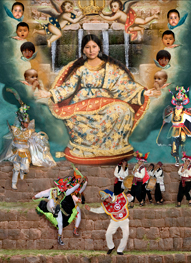
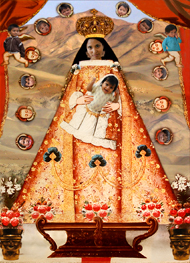


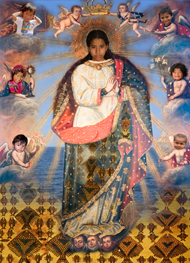
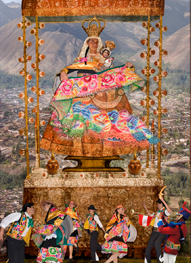



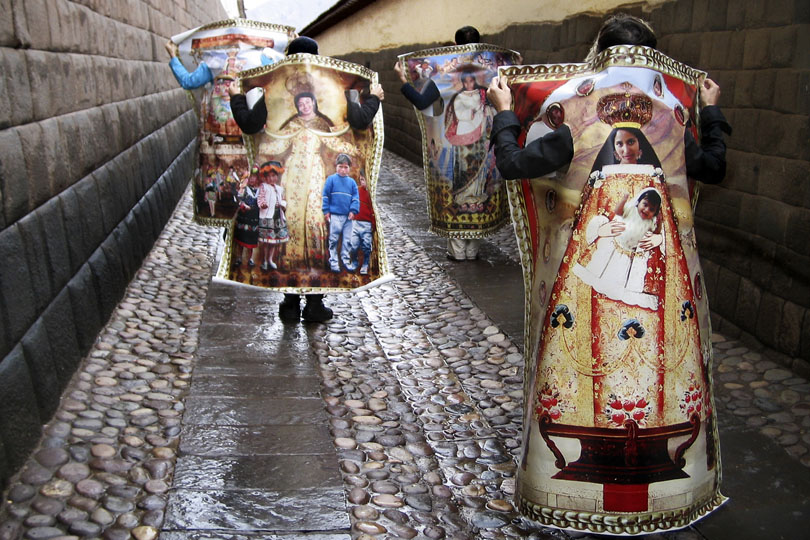
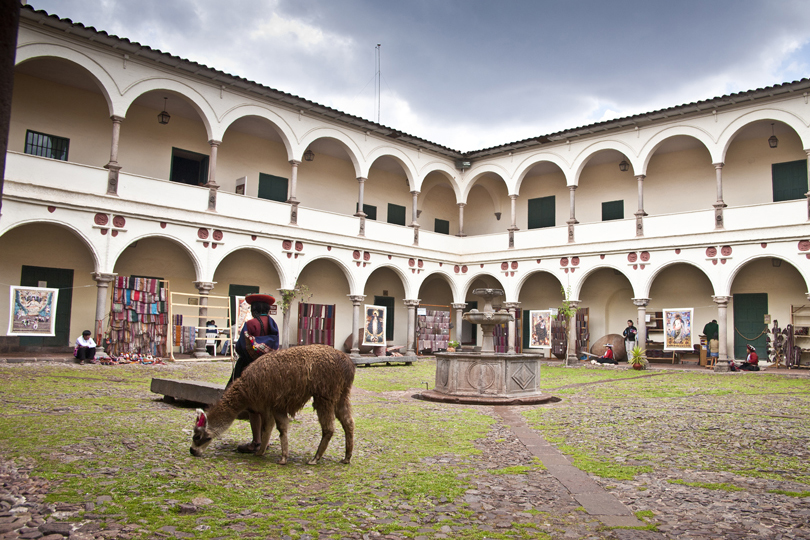
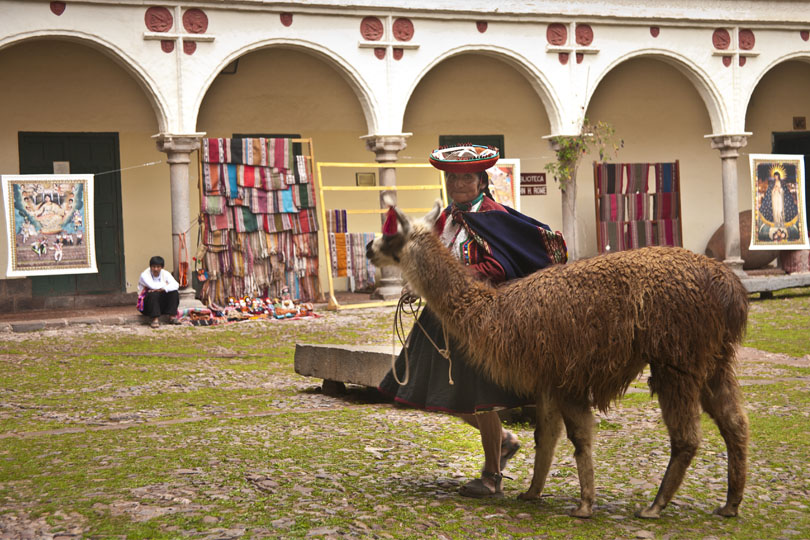


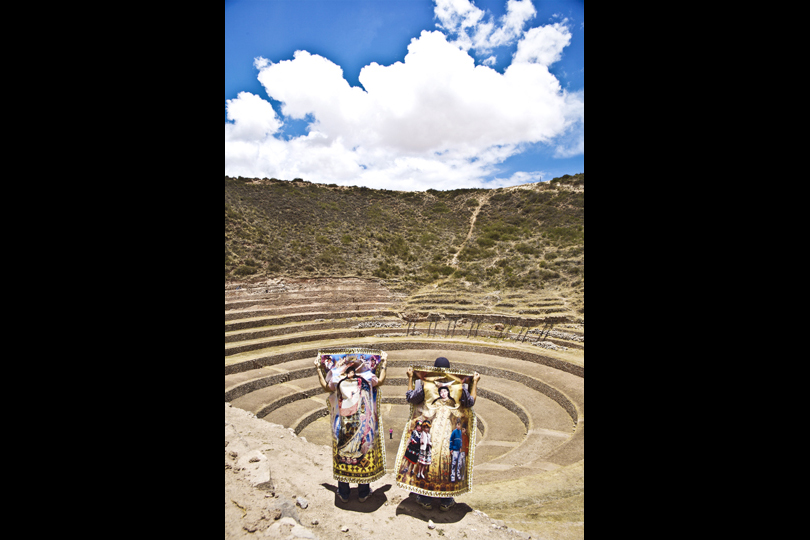





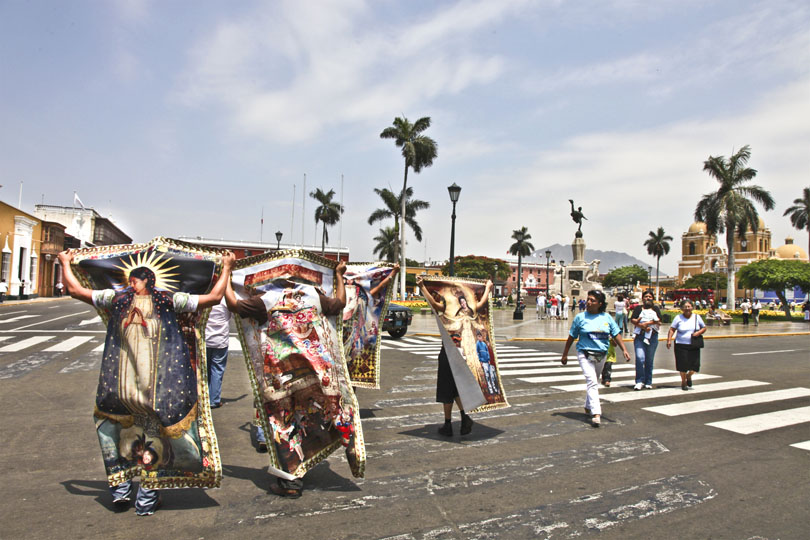



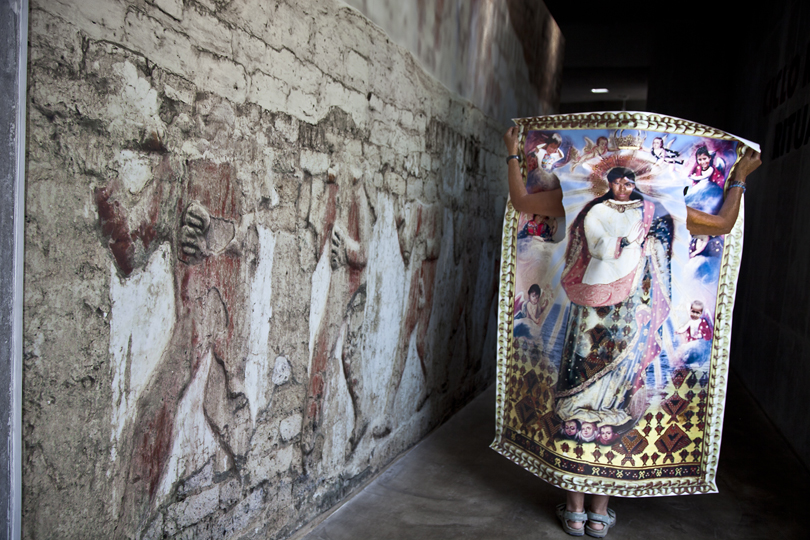

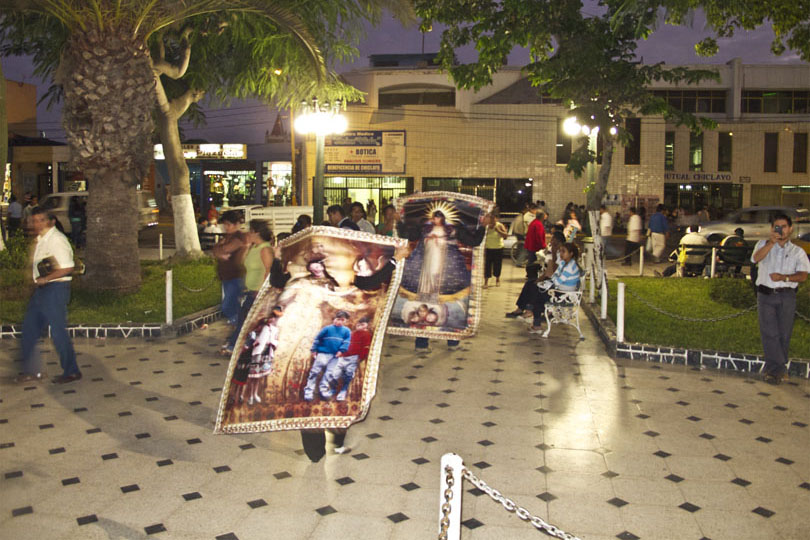

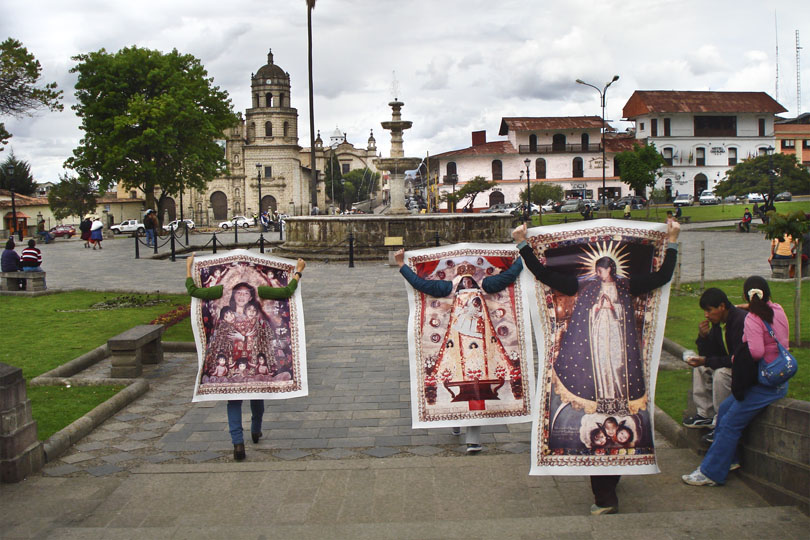
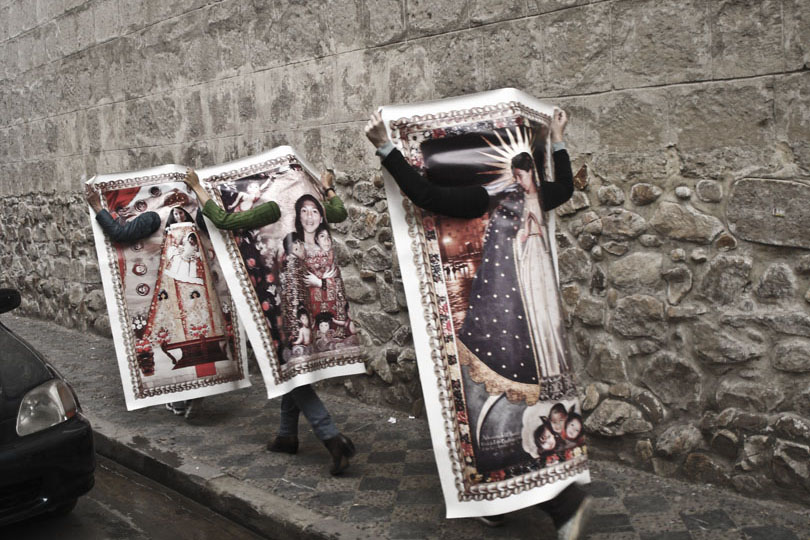
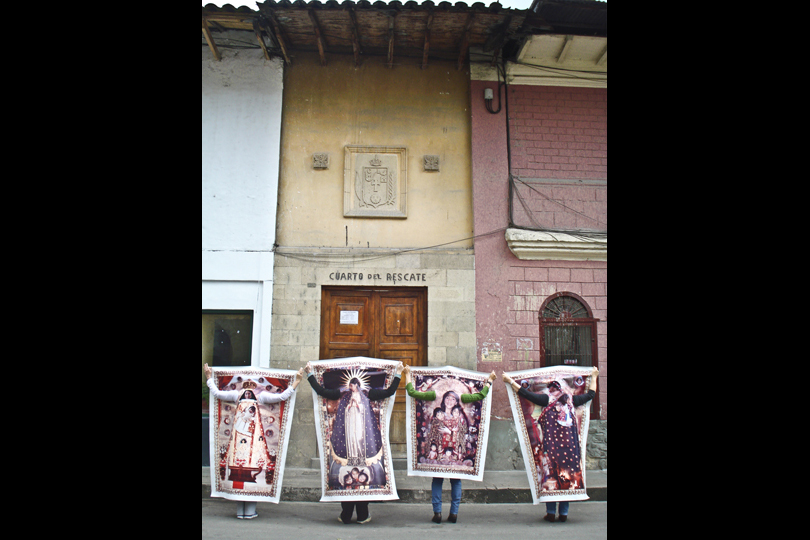
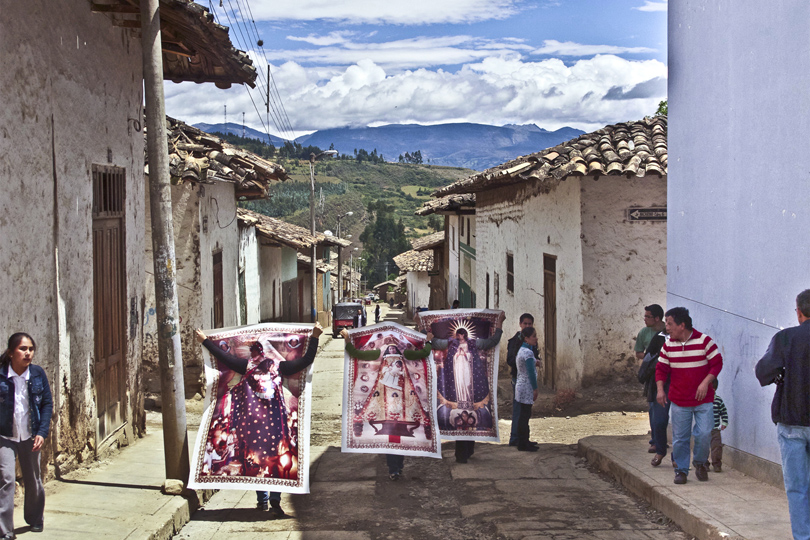
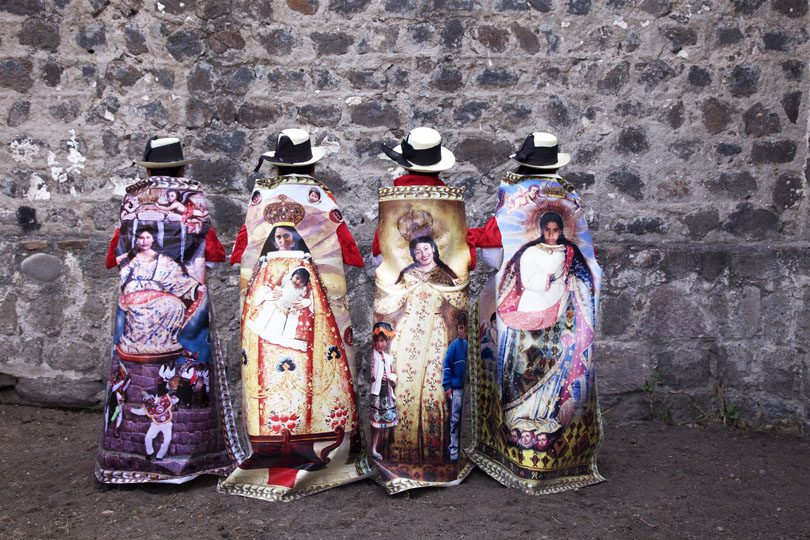
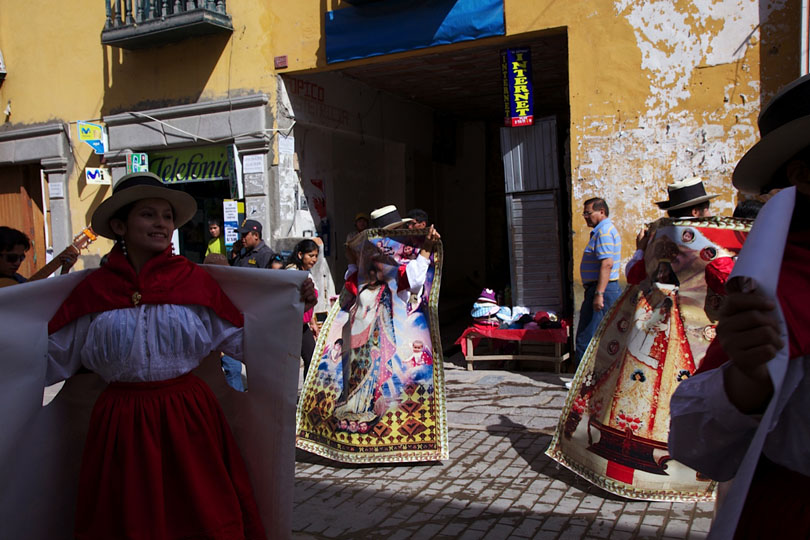
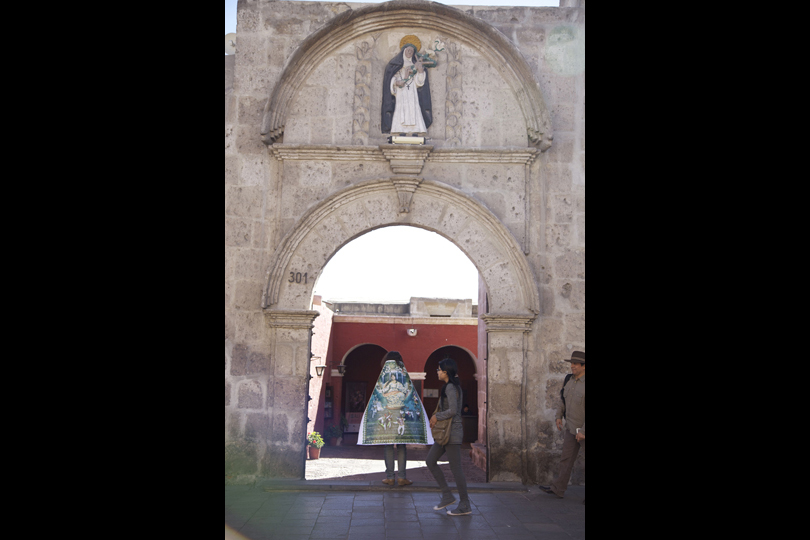

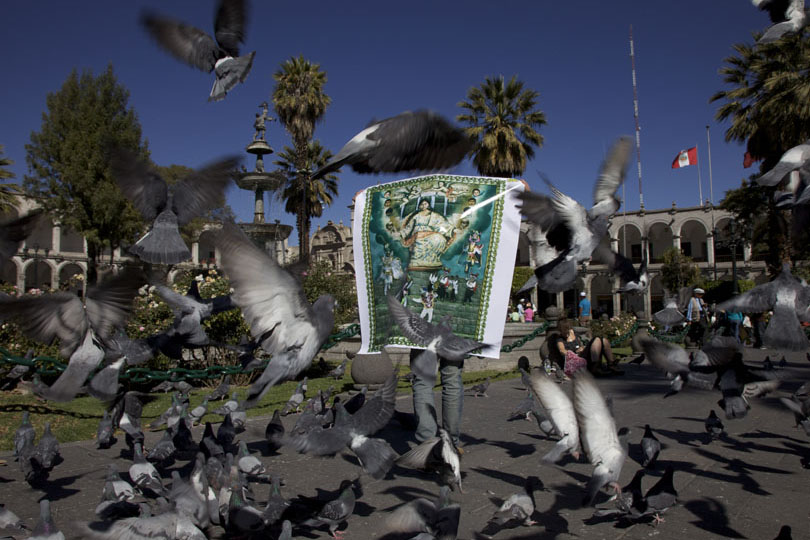
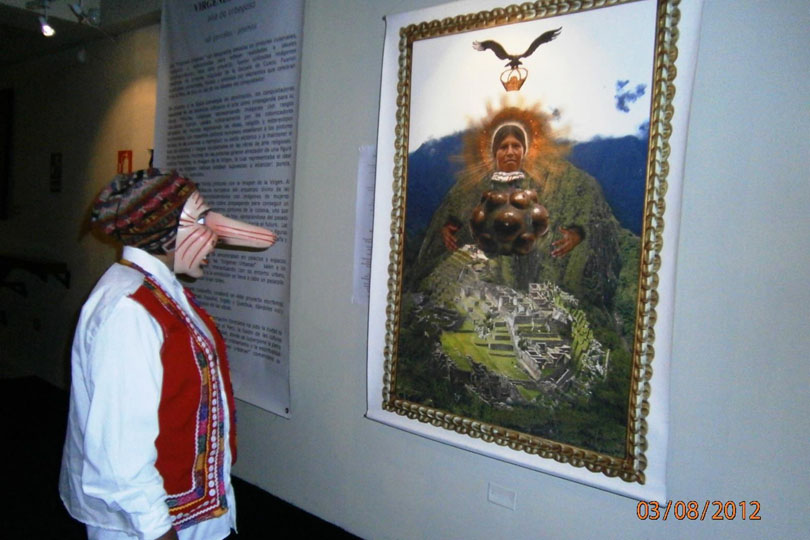
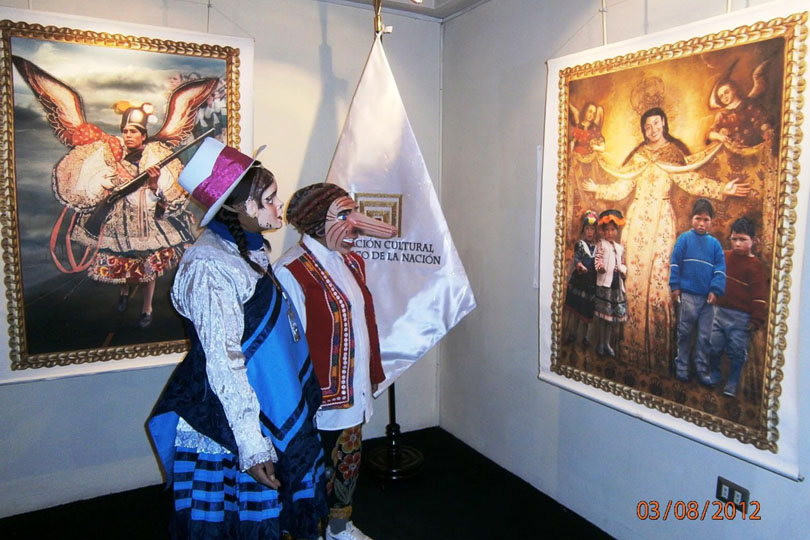
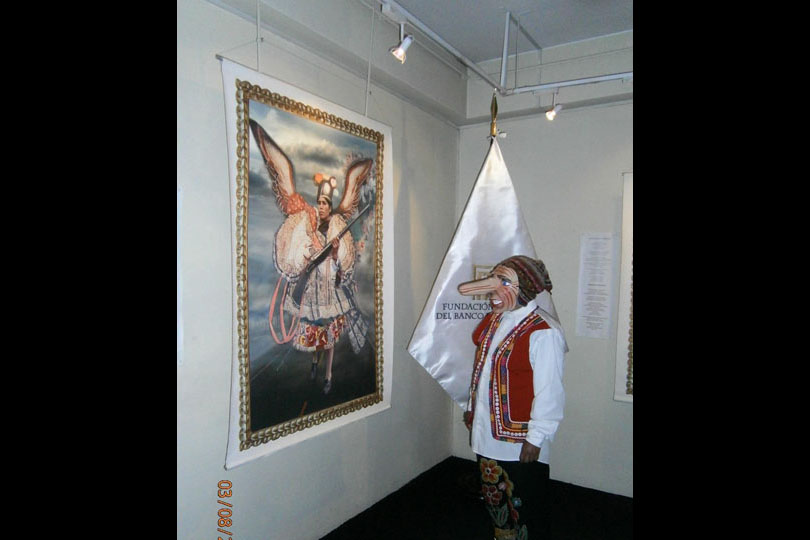
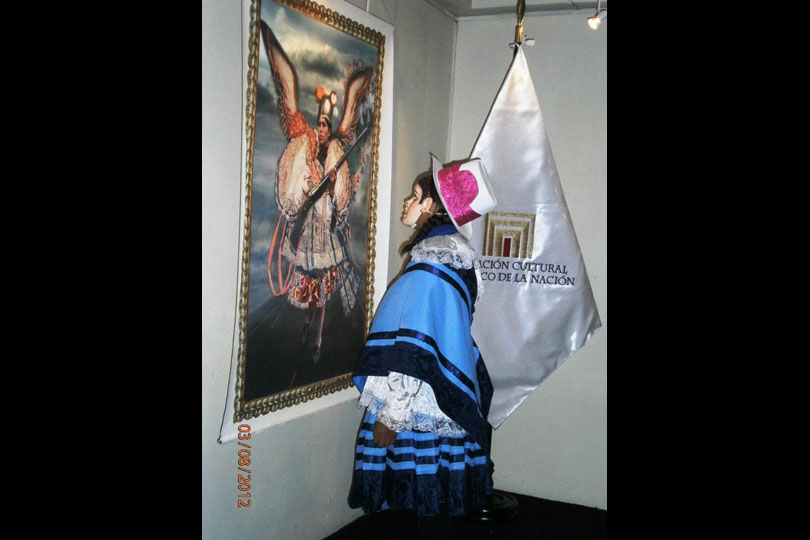
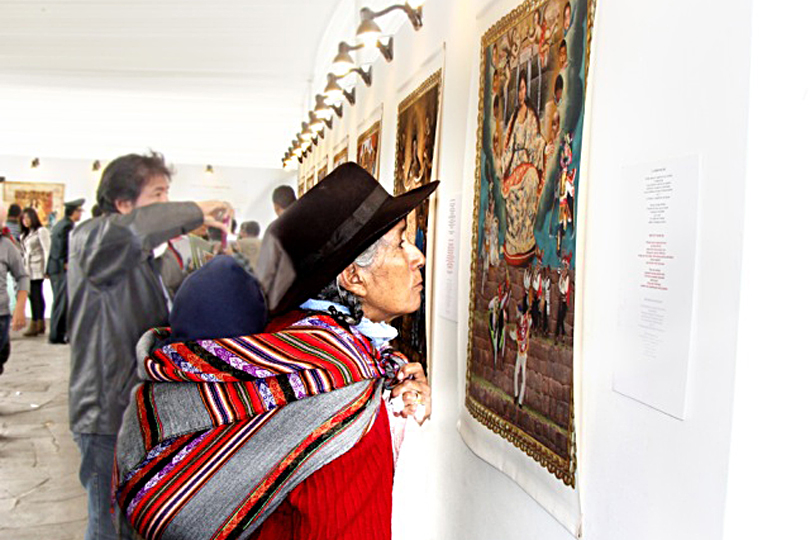
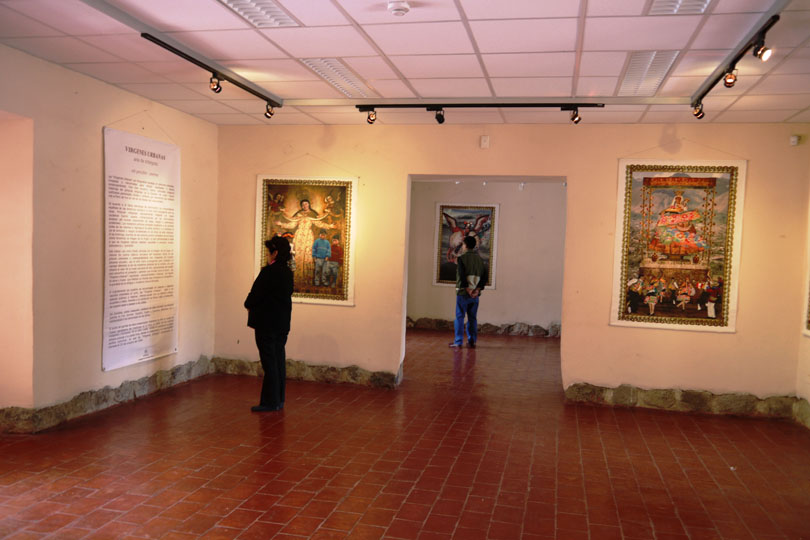
 Back to PROJECTS
Back to PROJECTS
